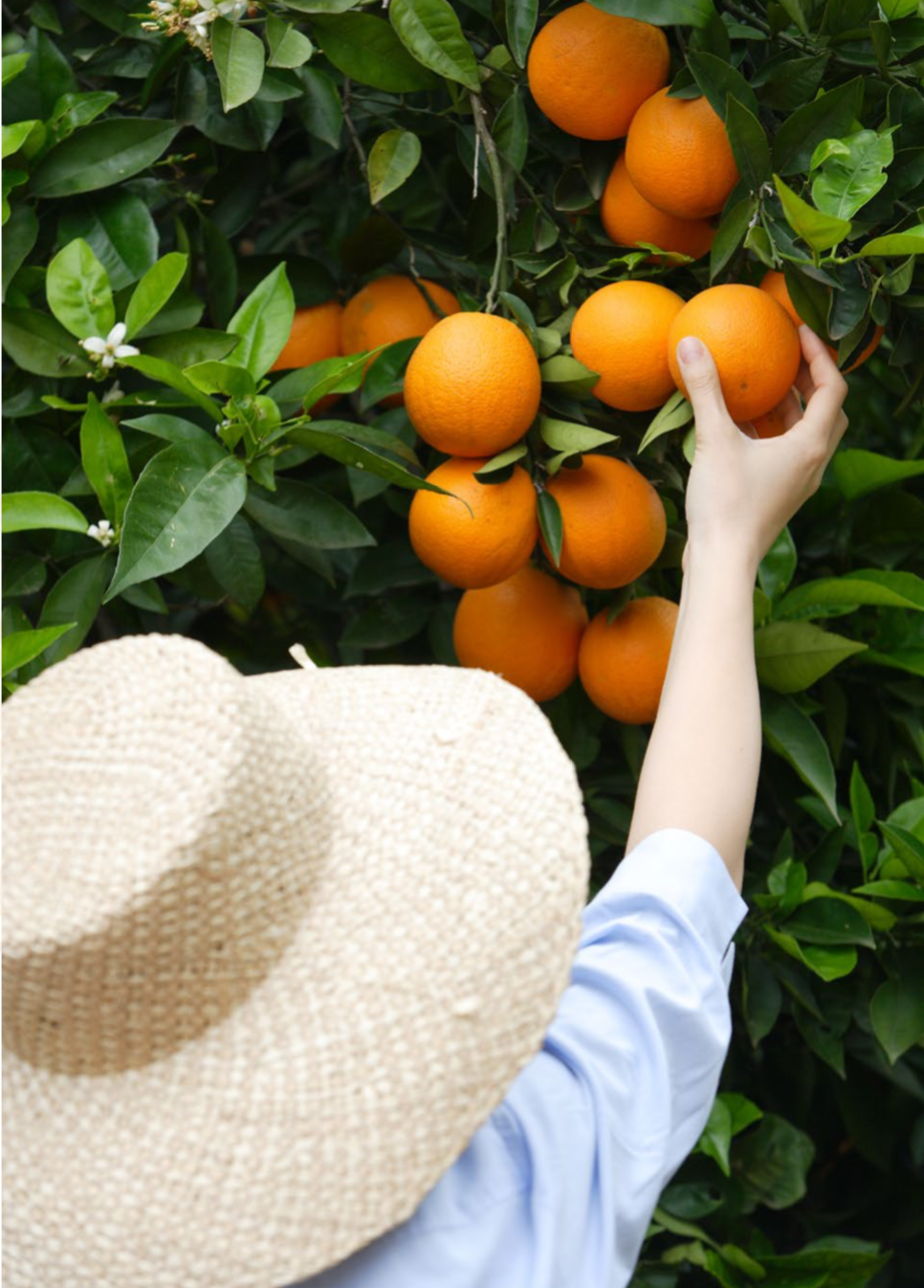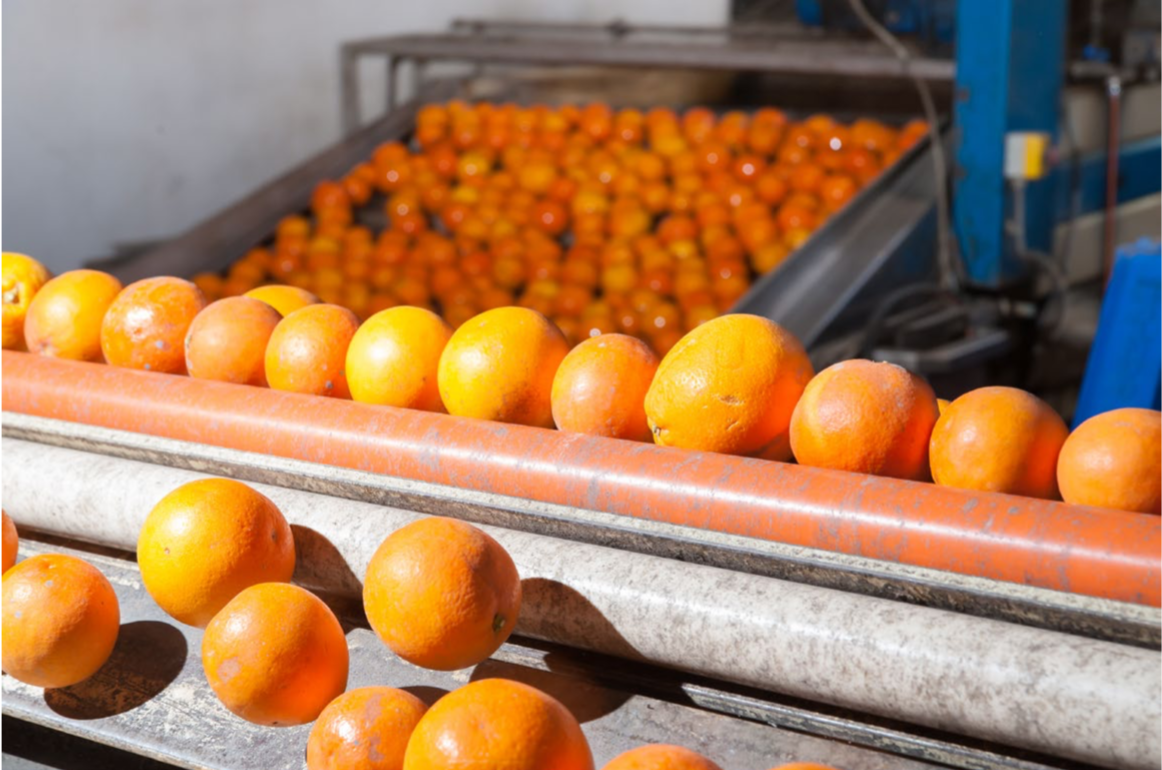3. 2020/2021 crop:
The next crop in Brazil will be derived from multiple blooms. The latest bloom is occurring now. As mentioned, growing conditions are very wet at the moment. While this is unlikely to have an impact on the fruitlets from the first bloom, it may reduce the flowering from the latest bloom. A multiple-bloom crop always creates a certain amount of problems with quality in terms of sizing, brix and juice yields.
Due to the wetter conditions, current indications on the size of the 2020/21 crop now range between 250-270 million boxes, compared with 260-280 million boxes last month. getting a handle on this figure is very important for the industry. Analysts say that gauging whether the flowers from the latest bloom will convert to fruit is probably the most important factor in the medium term in order to better determine the size of the next crop. Future price direc- tion for FCOJ will also depend on gaining a better idea on the size of the 2020/21 crop. Most industry sources expect prices to remain stable or move slightly higher over the medium term.

